When rolling out its new round of tariffs earlier this week, the Trump administration described the measures, ranging from 10 to 50 percent and assigned to nearly every U.S. trading partner, as “reciprocal.” There’s just one problem with this notion of “reciprocity”: The administration intends its tariffs to be actual charges levied on imports, but the so-called tariffs it is responding to are computed from non-policy data, and in some cases invented out of thin air.
No, the White House’s notion of reciprocity has nothing to do with mirroring other countries’ actual policies. The United States is not placing a 49 percent tariff on Cambodian goods because Cambodia applies a 49 percent tax on goods imported from the United States. Instead, the U.S. Trade Representative is simply asserting, “if trade deficits are persistent because of tariff and non-tariff policies and fundamentals, then the tariff rate consistent with offsetting these policies and fundamentals is reciprocal and fair.” The new policy, in other words, is imposing tariffs designed not to respond to specific harms, but to equalize the bilateral trade balances with every country.
Responding to specific harms would be a valid goal: Foreign countries do sometimes impose discriminatory taxes in their trading relationships with the United States, such as “digital services taxes” aimed at wealthy U.S. tech companies. A better Trump administration trade policy might have focused on these measures. But that’s not what’s happening here.
Rather, executive branch officials have accused every listed country or territory of having at least 10 percent tariffs on the U.S., no matter what those countries’ trade policies are or what kind of trading relationship we have with them. (This may be how a chain of barren Antarctic islands populated by seals and penguins ended up unjustly accused of trade violations.) Then further, they converted bilateral trade deficits into synthetic “tariff rates” via a formula that divides the difference between U.S. exports and imports with that country by the total number of imports to create a sort of percentage that reflects a balance of trade, not a tariff. Take the larger of those two numbers, and you get the number featured in graphics distributed via social media and shared by Trump himself in remarks delivered from the Rose Garden: “Tariffs Charged to the USA Including Currency Manipulation and Trade Barriers.” Neither option—the 10 percent nor the trade balance percentage—is a measure of tariffs. (Per Washington Post reporting, the administration’s advisers did attempt to compute actual tariff policies by other countries, but that analysis ended up unused in Trump’s tariff rollout.)
This calculated figure does not represent what the White House says it does, and is even at odds with the documentation on the U.S. trade representative’s website, which seems to acknowledge the possibility that some trade deficits come from “fundamentals,” a term that isn’t defined in the document but could conceivably mean “circumstances where a trade imbalance is economically efficient.” (For example: below we will consider a country whose agricultural climate is excellent for particular crops the U.S. lacks, but whose consumer market is small.) Despite this concession that trade deficits might reflect fundamentals, all trade deficits are still assumed to need addressing with offsetting tariffs.
Given the haphazard way the Trump administration arrived at its numbers, other countries have no way to cooperate, even if they wanted to. Very friendly trading partners like Israel and Vietnam made efforts to show maximum openness to the U.S. this month by cutting some of their few remaining tariffs, only to find themselves rendered guilty and charged with tariffs anyway, forcing them to scramble for additional solutions this week. Even knowing the formula behind the Trump team’s calculations, immediate solutions are not obvious—because bilateral trade “imbalances” are not a legitimate policy issue to be remedied.
For starters, trade balances between two countries aren’t a real measure of economic substance. Trade data tells you little about where goods truly originate or end up; import data showcases only the most recent link in the supply chain, and export data showcases only the next one. For example, many goods labeled as imports from Mexico or Canada include supply-chain contributions from other countries, including the United States itself, earlier in the industrial process.
And in many cases, it wouldn’t make sense for the United States’ bilateral trade balance with another country to be equal. Take Madagascar and Australia, for example. The U.S. runs a trade deficit in goods with Madagascar—meaning we import more from the African nation than we export to it—but a surplus with Australia. The Trump approach is designed to address the “problem” above by putting very high, 47 percent tariffs on goods from Madagascar, but a minimum rate, 10 percent, on goods from Australia.
But neither of these bilateral relationships presents a problem for the United States. Madagascar is a low-income country with an extraordinarily strong ability to produce vanilla beans. Americans enjoy the vanilla beans, but we do not benefit much from selling our various wares to low-income people from the African island nation. It makes sense for us to lean toward net imports in our interactions with the Madagascans.
Australia, by contrast, is a high-income country, and its exports include a lot of metals. Americans benefit from selling goods and services like aircraft or streaming video subscriptions to wealthy Australian consumers, but don’t have much need for Australian metals. Australia is far away, metals are very heavy, and we’re pretty good at mining metals of our own. It makes sense for us to lean toward net exports in our interactions with the Australians.
Trade deficits aren’t necessarily harmful even at the aggregate level. In recent decades, the U.S. has run trade deficits primarily because foreigners have been eager to sell us goods to get access to valuable U.S. financial assets like stocks and bonds. With our enviable array of valuable public companies, the U.S. is a fantastic place to invest. Or at least it was, prior to the opening bell on Wall Street on Thursday. The wreckage before us—trillions in market capitalization destroyed, thousands of dollars in tax hikes for the average family—is a terrible sacrifice we are making, all in order to solve a non-problem.
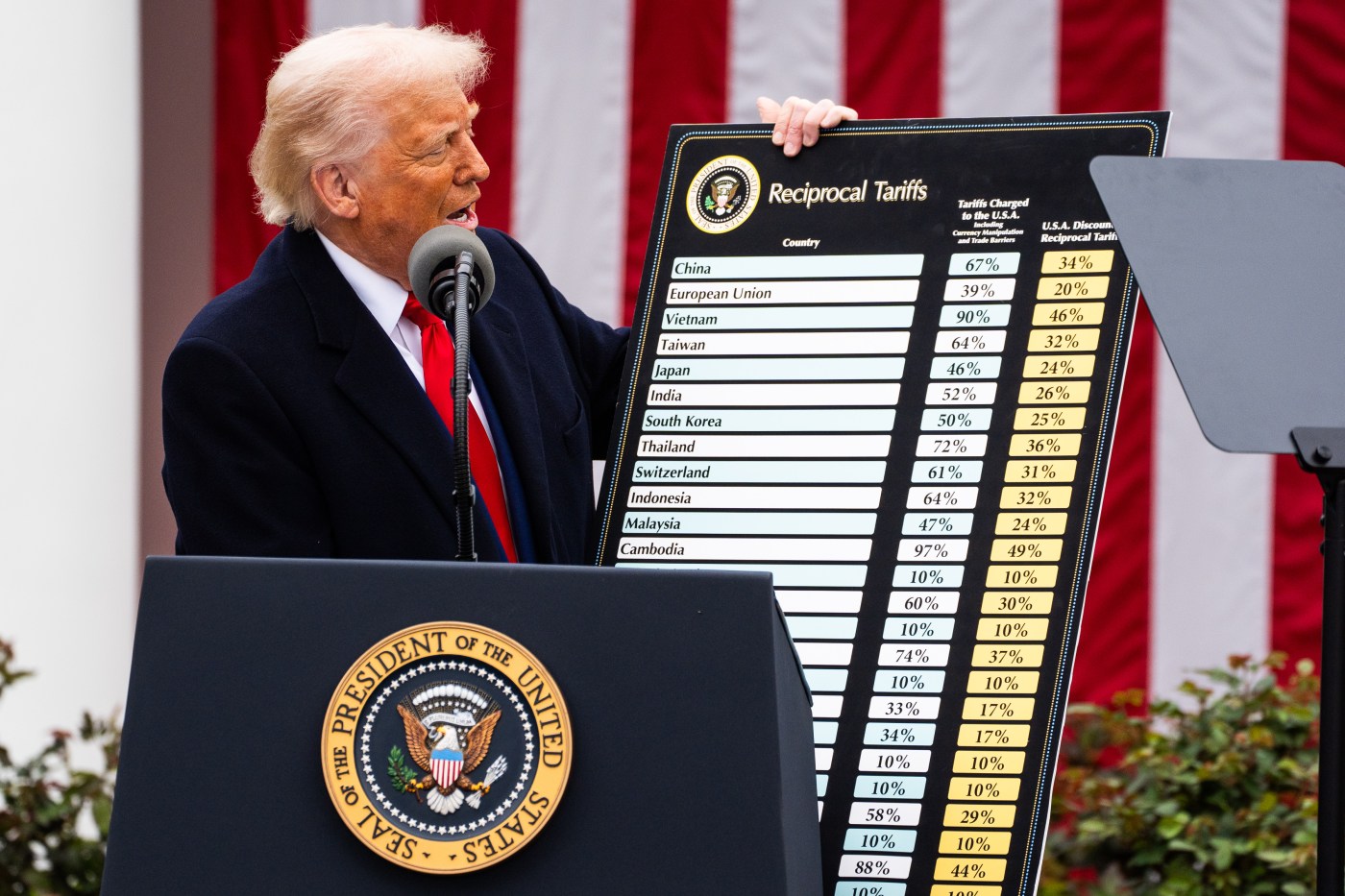
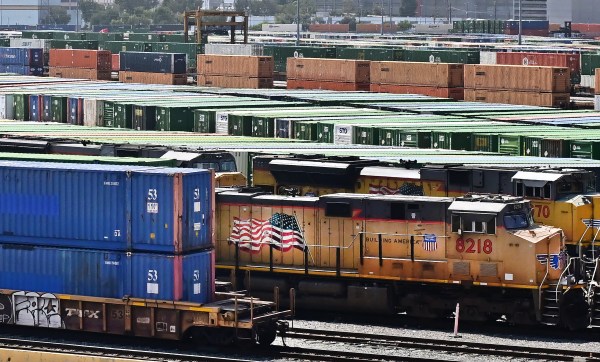
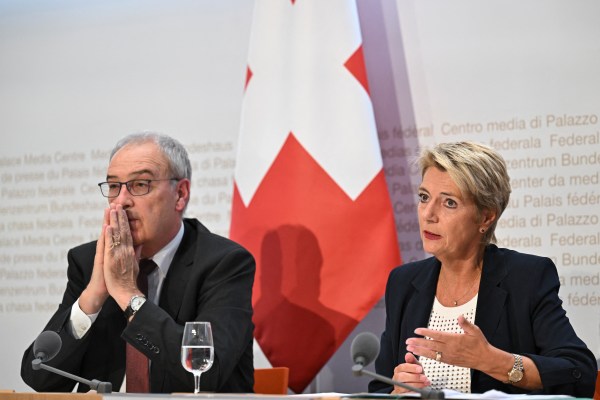
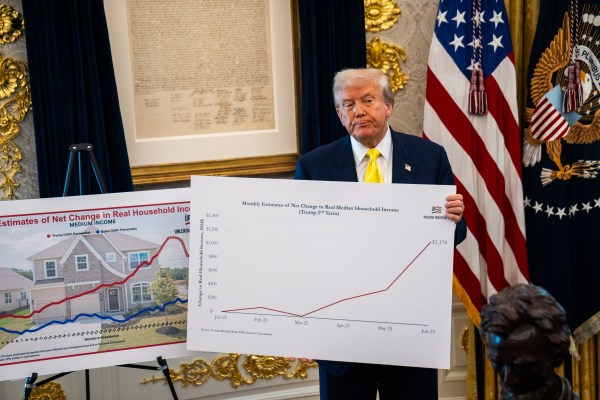

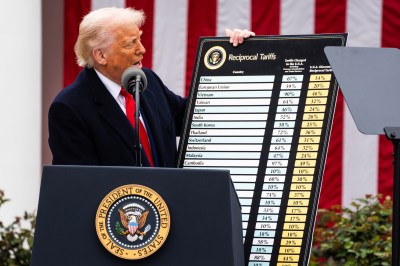
Please note that we at The Dispatch hold ourselves, our work, and our commenters to a higher standard than other places on the internet. We welcome comments that foster genuine debate or discussion—including comments critical of us or our work—but responses that include ad hominem attacks on fellow Dispatch members or are intended to stoke fear and anger may be moderated.
With your membership, you only have the ability to comment on The Morning Dispatch articles. Consider upgrading to join the conversation everywhere.